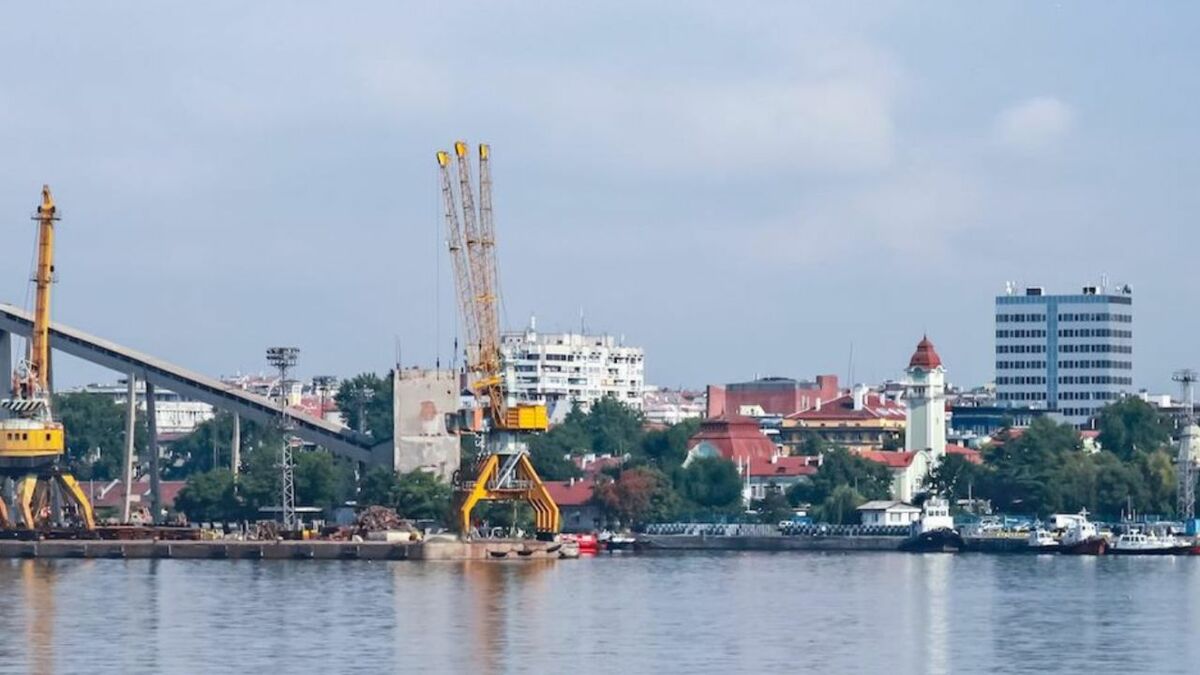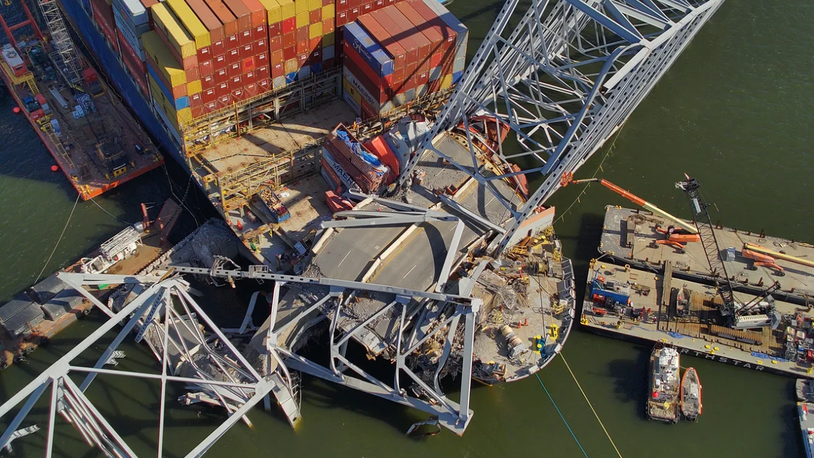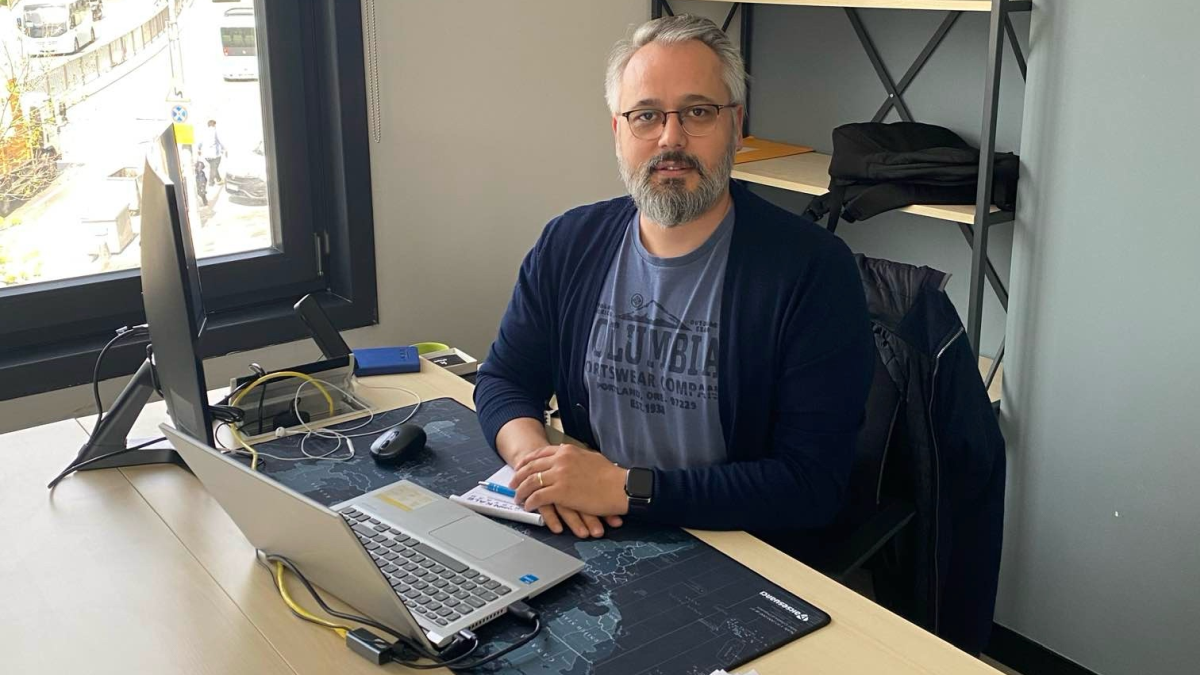Business Sectors
Events
Contents
Vessel traffic management enhanced through sensor and radio investment
Upgrades to vessel traffic management in key Black Sea ports is benefiting the trans-European transport network
Bulgaria has expanded the geographical spread of its vessel traffic management information system (VTMIS), improved its telecommunication infrastructure and deployed more e-navigation technology.
This VTMIS covers traffic into and out of two ports – Burgas and Varna – that are critical to shipping in the trans-European transport network.
Wärtsilä upgraded Bulgaria’s VTMIS with more traffic identification sensors and information services in a fourth phase of development. VTMIS improves the safe and efficient passage of vessels in and out of these port.
Operators also provide navigational assistance by giving ship captains information about potential dangers, such as shallow waters and hidden rocks.
VTMIS facilitates data exchange by distributing information about any ship heading to port – such as cargo or vessel type – to relevant stakeholders including authorities, shipowners, agents, towage providers, pilots and cleaning services.
Bulgaria’s VTMIS consists of sensors on 35 remote sites along the coast and control centres in Burgas and Varna ports. These sensors include coastal radar providing real-time data of all objects on the marine surface.
VTMIS also uses information from automatic identification system (AIS) shore stations, which receive data from transponders on vessels. This delivers data to VTMIS operators, such as tonnage, size and type of cargo, course, speed and co-ordinates.
Operators can use radiocommunications to speak with captain and crew on board a vessel and can visualise traffic using video cameras along the coast. These cameras also help operators to visually identify a vessel at up to 10 nautical miles.
VTMIS operators can collate and analyse data from these sensors on workstations at a central control centre to provide a vessel with navigational assistance, communicate with its captain, and assist with other services.
“The system is like a mixture between a vessel traffic management system and coastal surveillance system,” said Wärtsilä Voyage deputy director for project management Nicolay Leontiev.
The Bulgaria Ports Infrastructure Co and Ministry of Transport are responsible for all maritime traffic in the country’s territorial waters. It passes information from VTMIS to external services such as the coastguard, search and rescue, or maritime police.
During the implementation phase of the project, workstations compliant with Wärtsilä’s sea traffic management concept were installed. This platform enables online route exchange between vessels and the shore.
“A ship travelling from Australia to Varna, for example, can send its voyage plan to the port and the port will see when this vessel will arrive and see its route on a map, in order to predict its estimated time of arrival,” Mr Leontiev explains. “This port can then share this route with other ports.”
Wärtsilä products are in strict compliance with international regulations from IMO and International Association of Marine Aids to Navigation and Lighthouse Authorities.
During the latest upgrade, Wärtsilä introduced sophisticated processing algorithms, which can detect very small targets in operational systems, helping operators provide early-warning alerts to ships.
VTIMS also acts as a single window for information exchange between different maritime organisations.
This allows for easy transfer of Marpol emissions declarations and if a ship with dangerous cargo is detected, such information will be automatically available for the respective services and agencies required.
This article uses information from an Wärtsilä Insights article written by Natalie Marchant
Further information on vessel and voyage optimisation and benefits to the maritime industry can be found in Riviera Maritime Media’s webinars from the Vessel Optimisation Webinar Week, held 7-10 September, use this link to access these webinars from the library
Related to this Story
Events
Maritime Environmental Protection Webinar Week
Cyber & Vessel Security Webinar Week
The illusion of safety: what we're getting wrong about crews, tech, and fatigue
Responsible Ship Recycling Forum 2025
© 2024 Riviera Maritime Media Ltd.














